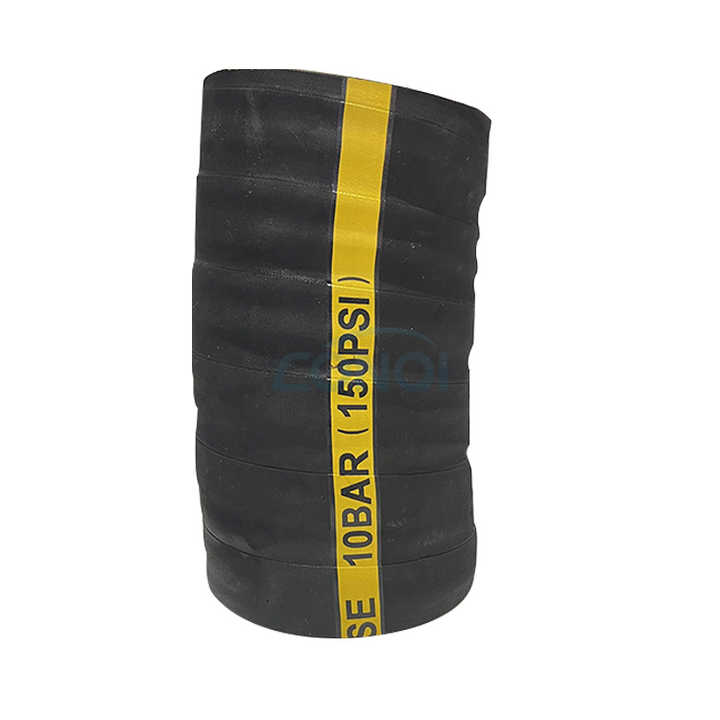Rubber trachea is a type of rubber hose used to transport gases such as air, nitrogen, and compressed air. They have pressure resistance, wear resistance, and corrosion resistance, and can safely transmit gases in high-pressure and high-temperature environments.
Rubber trachea is usually made of synthetic rubber materials, such as polychloroprene rubber (NBR) or nitrile rubber. These materials have excellent pressure resistance and wear resistance, and can withstand the pressure and flow rate of gas in pipelines. The rubber trachea is also specially treated to enhance its corrosion resistance and resist the erosion of chemicals and solvents in the gas.
Rubber gas pipes are widely used in industries, construction, and automobiles. They can be used to supply gas equipment, pneumatic tools, and compressed air systems. In the industrial field, rubber gas pipes are used to transport compressed air and gas media, such as liquefied petroleum gas (LPG) and natural gas. On construction sites, rubber gas pipes are used to supply compressed air required for pneumatic tools and mechanical equipment. During the repair and maintenance process of automobiles, rubber air pipes are used to transmit compressed air and gas.
Rubber trachea has flexibility and bending performance, which can adapt to different work scenarios and pipeline arrangements. They usually adopt a multi-layer structure, including inner tubes, reinforcing layers, and outer tubes. The inner tube is made of corrosion-resistant rubber material to ensure safe gas transmission. The reinforcing layer adopts fiber materials or woven fabrics to enhance the pressure resistance and tensile strength of the hose. The outer tube provides protection and wear resistance, preventing damage to the hose from the external environment.
When using rubber trachea, the following points need to be noted. Firstly, ensure that the hose complies with relevant standards and specifications to ensure its pressure resistance and quality. Secondly, regularly inspect the appearance and internal condition of the hoses, including wear, aging, cracks, and leaks, and promptly replace damaged hoses. In addition, when connecting hoses, ensure that the connectors are secure and reliable to prevent gas leakage and safety accidents.
Post time: Oct-20-2023
